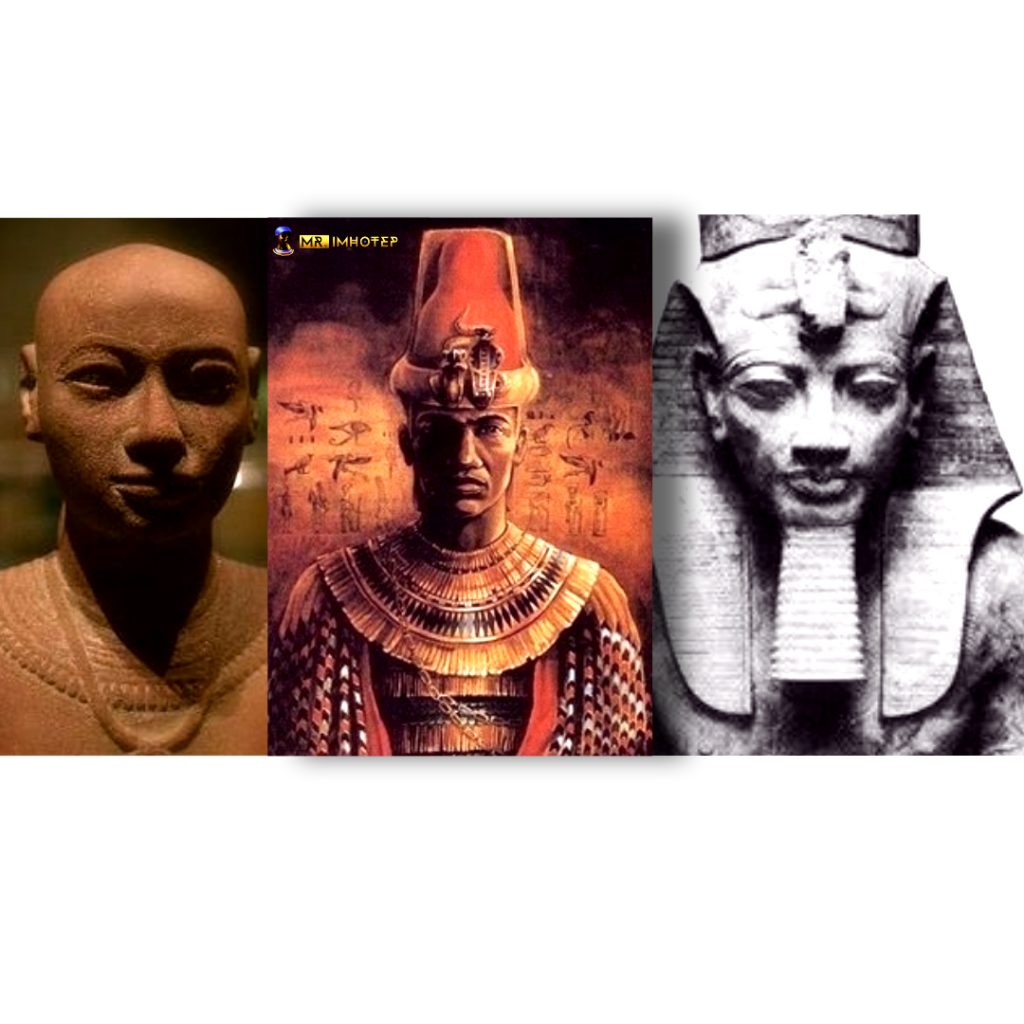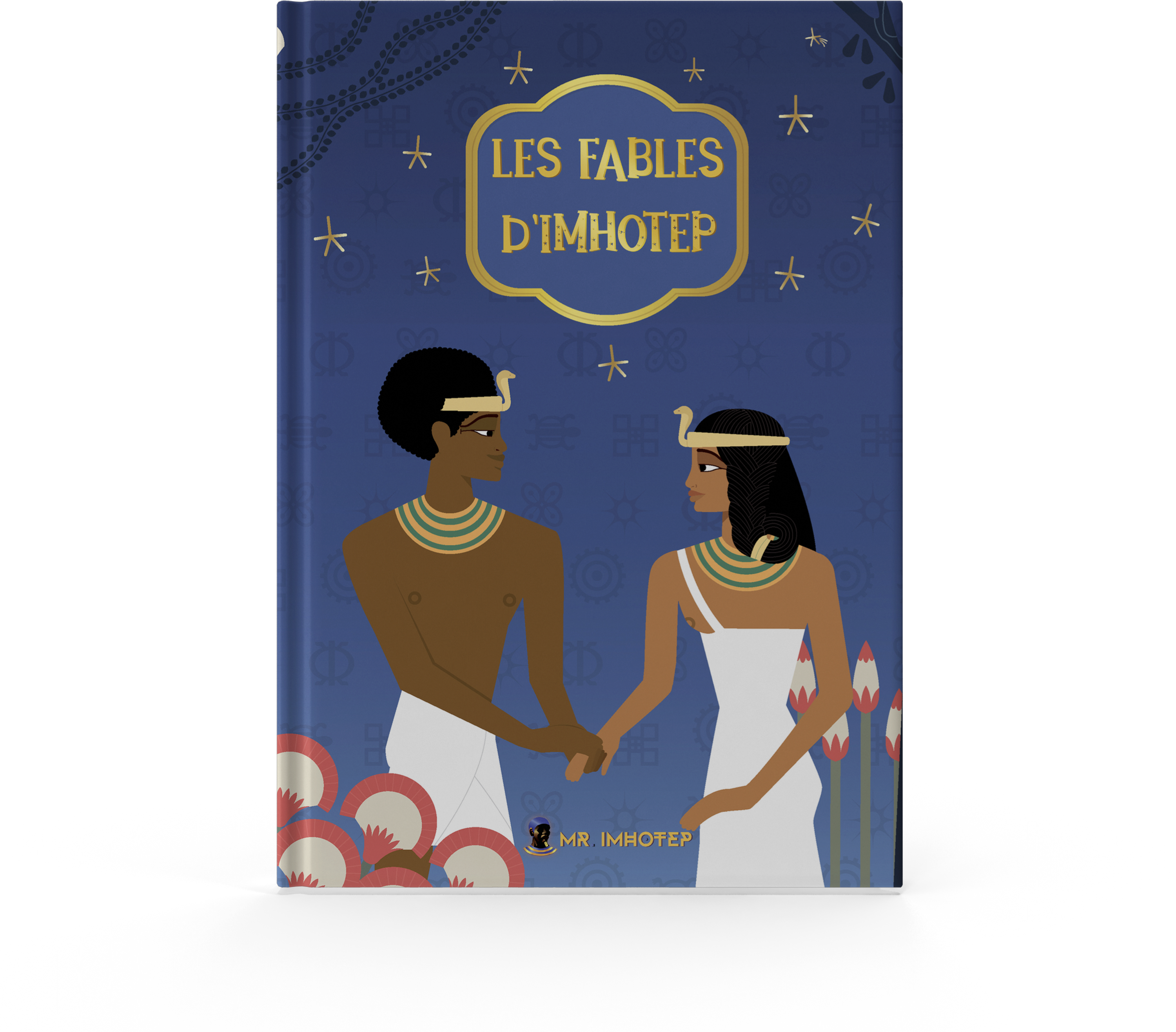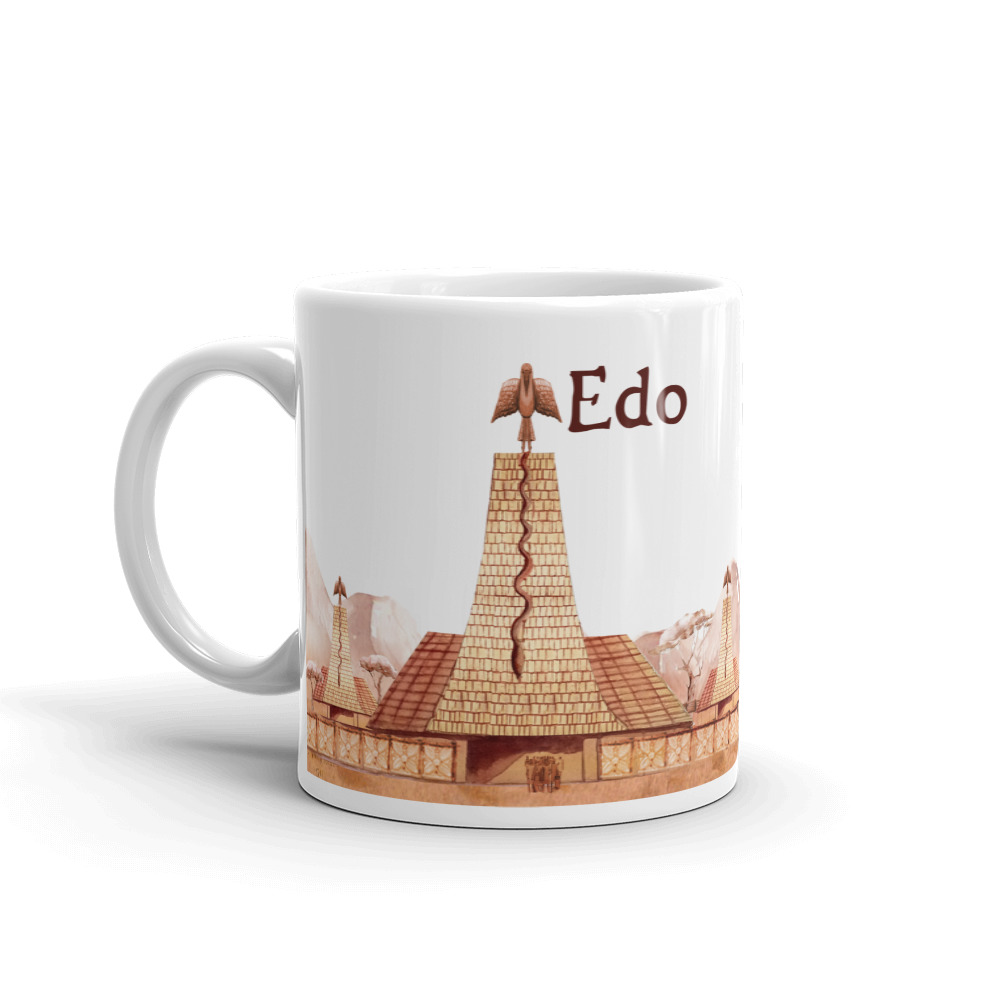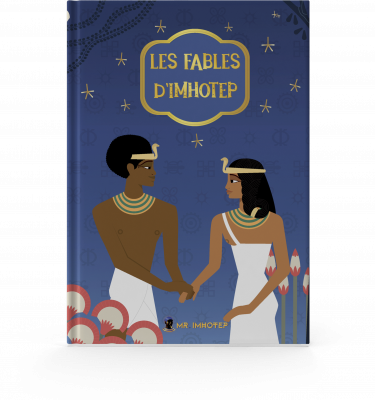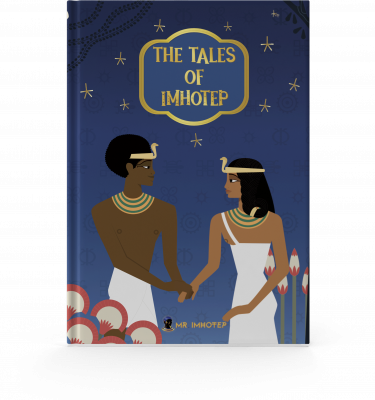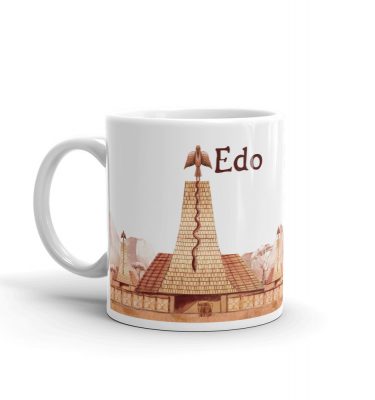Most Egyptologists use the term Nubian to refer to the Kingdom of Kush, which is the territory located south of Kemet. But the same Egyptologists also use the word Nubian to describe any representation that has the appearance of an indigenous African person or individuals with what some call “Negroid features”. And that practice creates a sort of dichotomy between the ancient Nubian people from the Kemites.
That dichotomy allows Egyptologists to create a narrative of hate and a separate origin between both people. And that narrative is what we are taught in schools, documentaries, and media. But is it really true? When there are debates about Kemet and the origins of that civilization, there are always people who bring it to the table. There is always someone who says that the Nubians were blacks and the Kemites were “Semitic” even though Semitic is a language group and not an ethnicity.
So, the Nubians are believed to be black indigenous Africans by the great majority of people on this planet. The term Nubian is even used today as synonymous of blackness. Nubian goddess literally means black goddess in most people’s minds. And this, even though Nubian by definition refers to the people who lived in Nubia. And according to the same people, the Kemites were not black indigenous Africans. This separation allows scholars to create a racial distinction between both people in order to strengthen the belief that they were enemies. Why enemies? Because when Egyptology was being created, the world was in the middle of the darkest hours of racial discrimination. So, people fought each other according to their races. It was believed that people did not mix with each other when they belonged to different ethnic groups. And the whiter they were, the more superior they were.
Nubians being blacks and the Kemites being white implied that there could not be any respectful relationship or any common origin between them. And automatically, the Nubians had to be inferior and slaves to the Kemetic race. So, proving that they did not belong to the same ethnic group, allowed scholars to bring a hateful relationship that validated their own beliefs. And because of that, most people don’t understand the nature of the relationship between both people. We unconsciously believe that both people were ethnically different and hated each other because of their races. In this post, I will show you the truth about that relationship according to the earliest sources.
Early Egyptologists
When I started studying this topic and reading the earliest writings from Egyptologists, I was baffled by the dichotomy that existed between what we are being taught and what the people who actually dug and discovered these tombs found and wrote. During the early time periods, there were no true differences between Kush and Kemet. Even though these Egyptologists were also blinded by the racist beliefs of their eras, they did not ignore some major evidence. Their work is tainted with racism but in spite of that, some truths are impossible to hide and they had to acknowledge it. For example, in Wallis Budge’s book “A short history of Egypt” he says :
“The human remains that have been found in Neolithic graves in Egypt prove that the Egyptians of the Neolithic Period in Upper Egypt were Africans, and there is a good reason for thinking that they were akin to all the other inhabitants of the Nile Valley at that time.”
In other words, he admits that the people of Kemet were identical to all the other inhabitants of the Nile valley, meaning from central Africa to North Africa. This also means that there was no difference between the people of Kemet and those of Nubia/Sudan who will later be known as the Kushites or the Nubians (black people).
In his book, Wallis Budge adds:
“When the great geological change took place that turned into a river valley the arm of the sea that extended as far as Esna, and the Nile deposits had formed the soil of Egypt, their ancestors migrated from the south to the north and occupied the land made by the Nile.”
This statement is a very popular one. Most people know it from the writings of Greek scholars. And scientists discovered that it was true when they studied the evolution of that region through time. The extreme north was very humid and under water. It became a habitable land lately compared to the upper region where have been found the oldest traces of civilization in the region. Proof that no one lived there and that people from the upper regions (the south) migrated there.
In his book, Wallis Budge adds:
“When the great geological change took place that turned into a river valley the arm of the sea that extended as far as Esna, and the Nile deposits had formed the soil of Egypt, their ancestors migrated from the south to the north and occupied the land made by the Nile.”
This statement is a very popular one. Most people know it from the writings of Greek scholars. And scientists discovered that it was true when they studied the evolution of that region through time. The extreme north was very humid and under water. It became a habitable land lately compared to the upper region where have been found the oldest traces of civilization in the region. Proof that no one lived there and that people from the upper regions (the south) migrated there.
We all know now that right in the south of Kemet it is Kush and if we go further it’s central Africa. Meaning that both people came from these southern regions. And that statement can also be found in ancient Kemetic texts.
One of those popular texts is known as “The Edfu text”. It clearly states that the founding fathers/Gods of Kemet, came from the land known as “Ta-sti”or Ta-seti, also known as the land of the bow. And that land is Nubia or Kush. It proves that even the people of Kemet stated themselves that their origin was in the south in the land of Kush.
This means that the relationship between both people could not really start with racial hate and superiority since both people shared the exact same origin. Today we know that Kemet was composed of many African groups that primarily came from the Western Sahara and also from the southern regions, and Kush belongs to that area. And according to the latest researches about those regions, the cultural affinities of the people who lived in these regions in these early periods, all of them practiced the same culture that scholars called “Nubian culture”. They used this name because the oldest attestation of that culture was found in the southern regions of Africa where they developed before expanding to the north. And those statements fit perfectly with what is stated in the Edfu Texts. The early Kings migrated from the south and conquered the North.
In the same book, Wallis Budge adds this:
“We have already said that the native African element in Upper Egypt was reinforced continually from the south, and we may assume that the process of reinforcement usually went on peacefully and that the Egyptians in Upper Egypt assimilated their newly-arrived kinsmen from the south without difficulty.”
Here Wallis Budge calls the Nubians or “Negroid Africans” who came from the south to settle in Kemet “Kinsmen” which is a very strong word when we know what many people think about the relationship between both people. If they did not share the same origin, they could not be introduced as kinsmen by Wallis Budge. And that process of reinforcement is described as peaceful. The people of Kemet assimilated the people without any difficulty, meaning that they shared the same culture and that it was natural for them to live with these southerners.
Difficulties only occur when two completely different people with completely different backgrounds are put together. For example, that’s what occurred in Kemet during the late period when people from the Northern regions migrated in Africa. These were the real foreigners to the Kemites and we have a lot of evidence of that in the texts. The priests stated that foreign influence was perverting their people. And that’s what caused the fall of that civilization. They were talking about the Libyans, the Europeans and other Asiatic groups who were continuously invading them.
Old Kingdom
The old Kingdom is not well known by most people. But it is also one of the most important periods for those who need to learn more about the relationship between Kemet and Kush. The links between Kemet and the other parts of Africa were really strong during those time periods. And through my studies, I noticed that it was probably related to the fact that those areas were not as deserted as they are today. It was still possible to travel without risking to die for those knew the trade routes. This statement goes against what many scholars still say today to separate Kemet from all other parts of Africa. They say that the desert was a barrier that isolated the Kemites from the other Africans. But that’s not true since there are pieces of evidence of trade, communication and even intermarriage between the people of Africa and the Kemites.
One of the oldest evidence of interaction between the Kemites and the people of deep Africa can be seen in their knowledge of the Central African Foragers (CAF) or “pygmies”. The Kemites knew them and knew their land even though they lived in North Africa. It implies that there was a relationship between both people.
One of the oldest document that mentions the CAF in Kemet comes from the tomb of Khewefhar or ‘Harkhuf’, at Aswan. The inscription refers to Khewefhar’s journeys to the areas in the south of Nubia. He made four journeys in these regions and three of these journeys were made during the reign of Mernere and the fourth in that of Pepy II, both kings of Sixth Dynasty.
Whilst on his last journey he wrote to the king reporting that he had secured a CAF, and the king’s reply to that letter is copied on the walls of his tomb. The king replied to him and gave him explicit directions on how to secure his guest who was considered as someone very important. You can read more about the relationship between CAF and the Kemites here.
But as I said above, that relationship was not limited to “knowing who are our neighbors”. It was way deeper than that since the people were completely identical. But this information is never shared by mainstream media or scholars who always try to separate Kemet from Africans and connect it with those who have always been their historical enemies, the people who came from the Northern regions. I could not believe it when I discovered that there were Kings of southern kingdoms, Kush, who became rulers in Kemet. Most scholars only tell us about Kush rising with its “black pharaohs” (as if there were white pharaohs) and conquered Kemet as an act of revenge. But even that tale is false. The Kushites (Nubians/people of Kush) liberated Kemet from the foreign influence that came with all the Asiatic, Libyan and European migrants and invaders who settled in the Lower Kemet.
One of the stories that are never told, is the one of a King named Ouana (Uana, Wana) who was ruling the kingdom of Kush (Ta-sti) during the 6th dynasty. In Kemet at that time, the ruler was named Pepy I, one of the most popular rulers of Kemet. The relationship between Kemet and Kush were complicated because through the time they developed distinction in their politics. But the people were still similar. And during the rule of both these kings, both kingdoms enjoyed great peace and developed a friendly relationship. After the death of Pepy I, his son Merenre Nemtyemsaf I freshly designated king of Kemet, decided to make King Ouana of Kush, new great vizier or ruler of Upper Kemet. Upper Kemet was the heartland of the country. It had never been invaded by any foreign nation until the end of the Kemetic civilization. And all the Pharaohs who liberated that country when it was invaded by foreign nations, came from that region. This proves how important it was to the people. All the historical and legit rulers of Kemet (probably 99.9%) came from that region.
And knowing that, it is impossible to believe that the rulers would have put any foreigner as great vizier of that region. But they did. And it was a king from the south, from Kush who was in charge. This proves that even though sometimes due to different political views and lack of resources they became rivals, both people knew that they were similar and worked together.
https://www.youtube.com/watch?v=Q0rex6M8T6c&t=141s
Royalty
Something that scholars hide, is the fact that the oldest representation of the upper Kemetic (Egyptian) Kingship in that region came from Kush (Nubia). It is known as the Qustul incense burner. It is an incense burner that is distinctively Nubian in form. Carved in the technique of Nubian rock art, it is decorated on the rim with typical Nubian designs. It was found in the tomb of a Nubian ruler at Qustul and incorporates images associated with Kemetic pharaohs: a procession of sacred boats, the White Crown of Upper Egypt, a falcon deity, and the palace facade called a serekh. It appears to represent a ritual that involved a royal procession by boat to a palace.
It is the piece of evidence that everything started in Kush/Nubia/Sudan as stated in the Edfu text. The rulers/Gods of Kush decided to expand their territory and conquered the northern region that will later become Kemet and decided to develop their civilization there. And that’s even why in the Kemetic scriptures (Medu Netjer) when they write the name of their own country, the south (Upper Kemet) comes before the north (Lower Kemet). Showing their perspective of the world. They came from the south, then migrated/conquered the North.
Gods
Among the powerful facts that are ignored by most people, there is the origin of the Kemetic Gods. According to the Kemites, their Gods came from the south. And it is not even a secret that to the Kemites, their main God Amen, was born in the middle of modern Sudan, at the area of Gebel Barkal. They considered the Kushite’s land as holy and their main God was a native of that region. This means that Amen was also a Kushite/Nubian. But he is not the only one. Ausar (Osiris) and Aset (Isis) who are brothers are also known as Nubians/Kushites. And this narrative also fits perfectly with what has been said above. The first rulers/Gods of Kemet came from the land of Ta-sti/Kush. It is seen in the Edfu text, but also with physical evidence like the Qustul incense burner. Everything makes sense when we look at it that way.
Bible
Cush or Kush was, according to the Bible, the eldest son of Ham, a son of Noah. He was the brother of Canaan (land of Canaan), Mizraim (Kemet or ancient Egypt) and Phut (land of Libya), and the father of the biblical Nimrod mentioned in the “Table of Nations” in Genesis 10:6 and I Chronicles 1:8. Cush is traditionally considered the eponymous ancestor of the people of the “land of Cush,” an ancient territory that is believed to have been located on either side or both sides of the Red Sea. As such, “Cush” is alternately identified in scripture with the Kingdom of Kush, ancient Ethiopia, and/or the Arabian Peninsula.
And as we can see here, even the bible states that Kush was Kemet’s elder brother. Meaning that it has never been a lie. The ancient people knew that Kemet came after Kush and that they belonged to the same family. It is almost scary to see that everything is hidden in plain sight. Many people read the bible, but still, believe that there was a difference between Kush and Kemet. Nimrod is known as the man who started civilization. He is known in the Bible as the son of Kush. Meaning that the descendants of Kush are the originators of the first civilization. Which once again fits perfectly with the archaeological findings in those regions.
We can clearly see that the relationship between Kemet and Kush did not start when Kemet invaded Kush or when Kush invaded (liberated) Kemet as mainstream scholars try to tell us. They always introduce Kush during the late periods as if nothing existed there before and that they started to exist in late periods. Kush was a powerful region way before the existence of the Kemetic civilization. When Kemet was populated by small groups of people who were still trying to survive, Kush already started its civilization. Kush is the mother of Kemet and the Kemites knew it. But that knowledge has been hidden when European scholars started to rewrite history in order to fit their own racist agenda.
So, if we have to define the true relationship between Kush and Kemet, we can say that it was a family relationship with all the ups and downs. They were brothers and Kush was and will always be the elder brother!
We started a petition to save the Nubian archaeological sites that are threatened by some groups who are planning to flood them. We need your support in order to start acting and save our African heritage. If you did not sign it yet please click here. And if you already signed, please share it with your friends. They already flooded the area of Qustul, and erased one of the most important African archaeological sites. We can’t let them erase us again.

